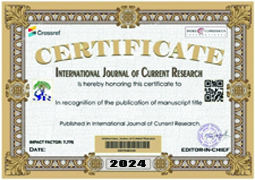Background: Many epidemiological studies describe the role of toxic metals in the complex etiology of neurodegenerative diseases (ND): multiple sclerosis (MS), Parkinson’s disease (PD), Alzheimer’s disese (AD), amyotrophic lateral sclerosis (ALS) Urine-sample analysis after provocation testing with chelating agents allows quantification of the toxic-metal burden in human subjects, including those affected by ND. Our objective was to compare the toxic-metal levels in the urine of patients with ND and those of healthy controls from the same geographical area (Italy), and to evaluate the effect of chelation therapy using calcium disodium ethylenediaminetetra acetic acid (CaNa2EDTA, or EDTA) to eliminate the chronic poisoning caused by toxic metals. Methods and Findings: Inductively coupled plasma mass spectrometry (ICP-MS) was used to evaluate the levels of 21 toxic metals (Al, Sb, As, Ba, Be, Bi, Cd, Ce, Gd, Pb, Hg, Ni, Pd, Pt, Te, Tl, Th, Sn, Ti, W, U) in the urine samples of 1147 patients who underwent the EDTA chelation test: 671 were affected by ND (MS, PD, AD, and ALS), 138 by non-ND (e.g. fibromyalgia, rheumatoid arthritis, peripheral neuropathies), and 338 were healthy controls (HC). Study design: before the start of chelation therapy, the patients underwent a “chelation test” to verify the possible toxic-metal burden. Thereafter, their toxic-metal burden was periodically monitored for more than one year. Our patients did not display the presence of Bi and Ti, while Be, Pt, Te, and Sn were present in only a small number of patients; Ab, Ba, and Th were more present, but to a lesser extent compared with Al, As, Cd, Cs, Gd, Pb, Tl, W, U, Hg, Ni, Pd. Interestingly, Be, Pd, Pt, Te, Tl, Th, Sn, W, and U were never present in MS patients, but were present in other ND patients. Poisoned patients affected by diseases were more numerous than HC. Except for As, toxic-metal presence was significantly more elevated in the ND patients. Repeated EDTA chelation therapy was able to remove all toxic metals with no adverse effects. One important limitation was that the source of intoxication was not always evident. Conclusions: Our results underline the important relationship between the chronic body burden of some toxic metals and the presence of ND. Chelation therapy using EDTA can remove the toxic-metal burden.





